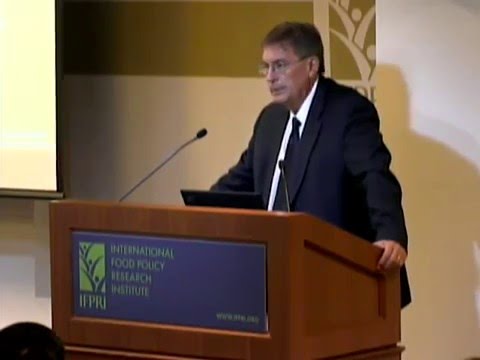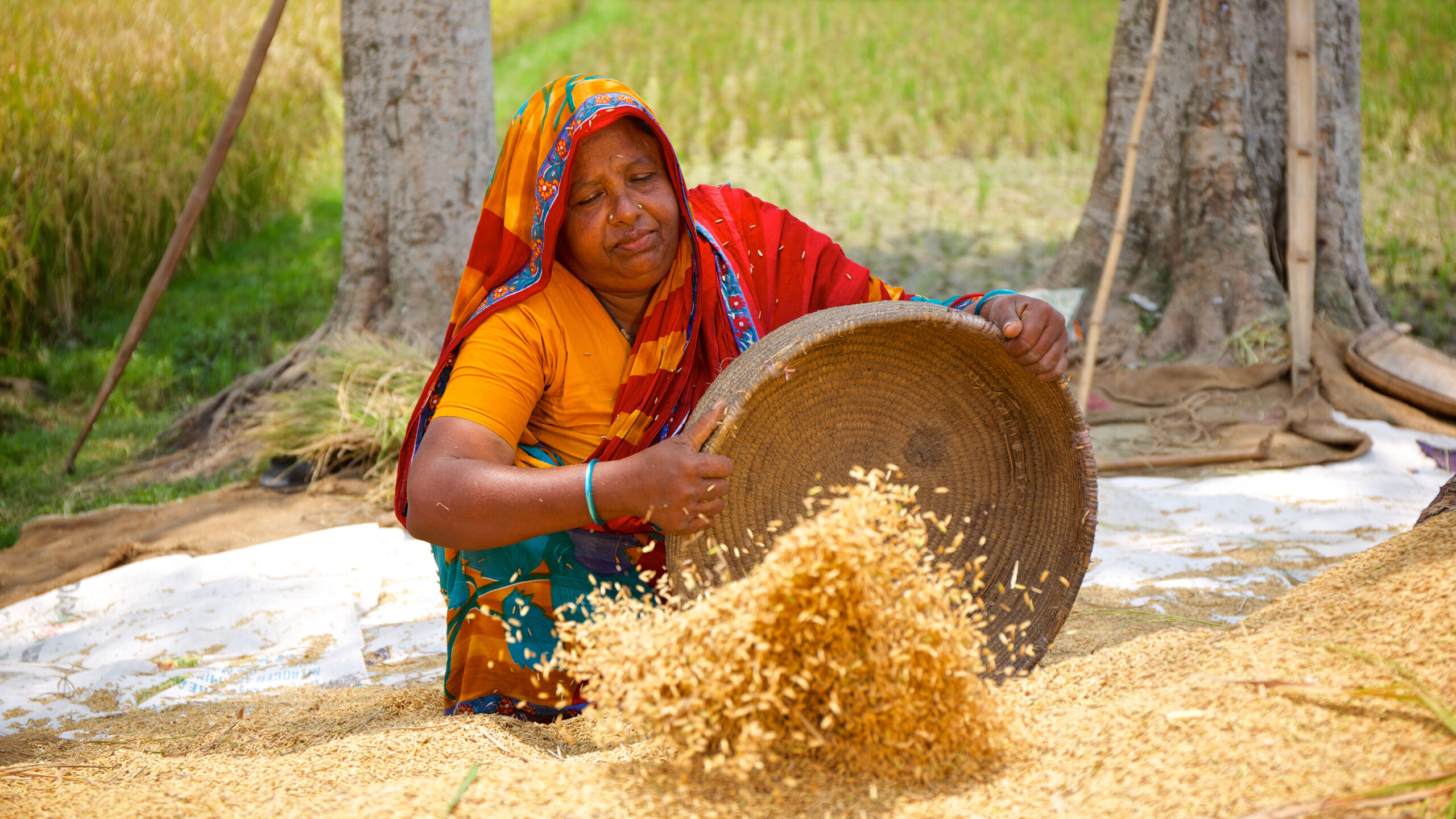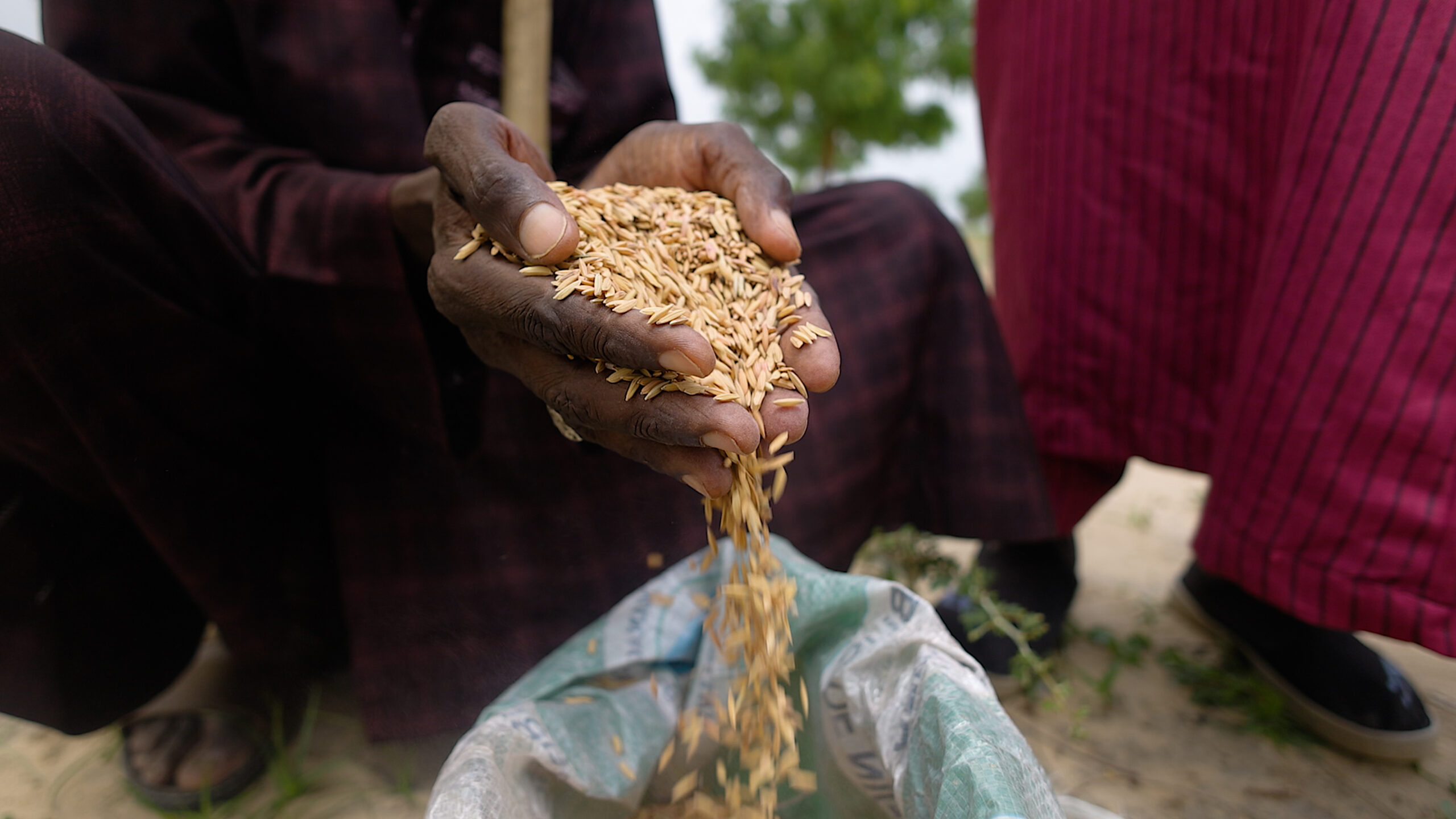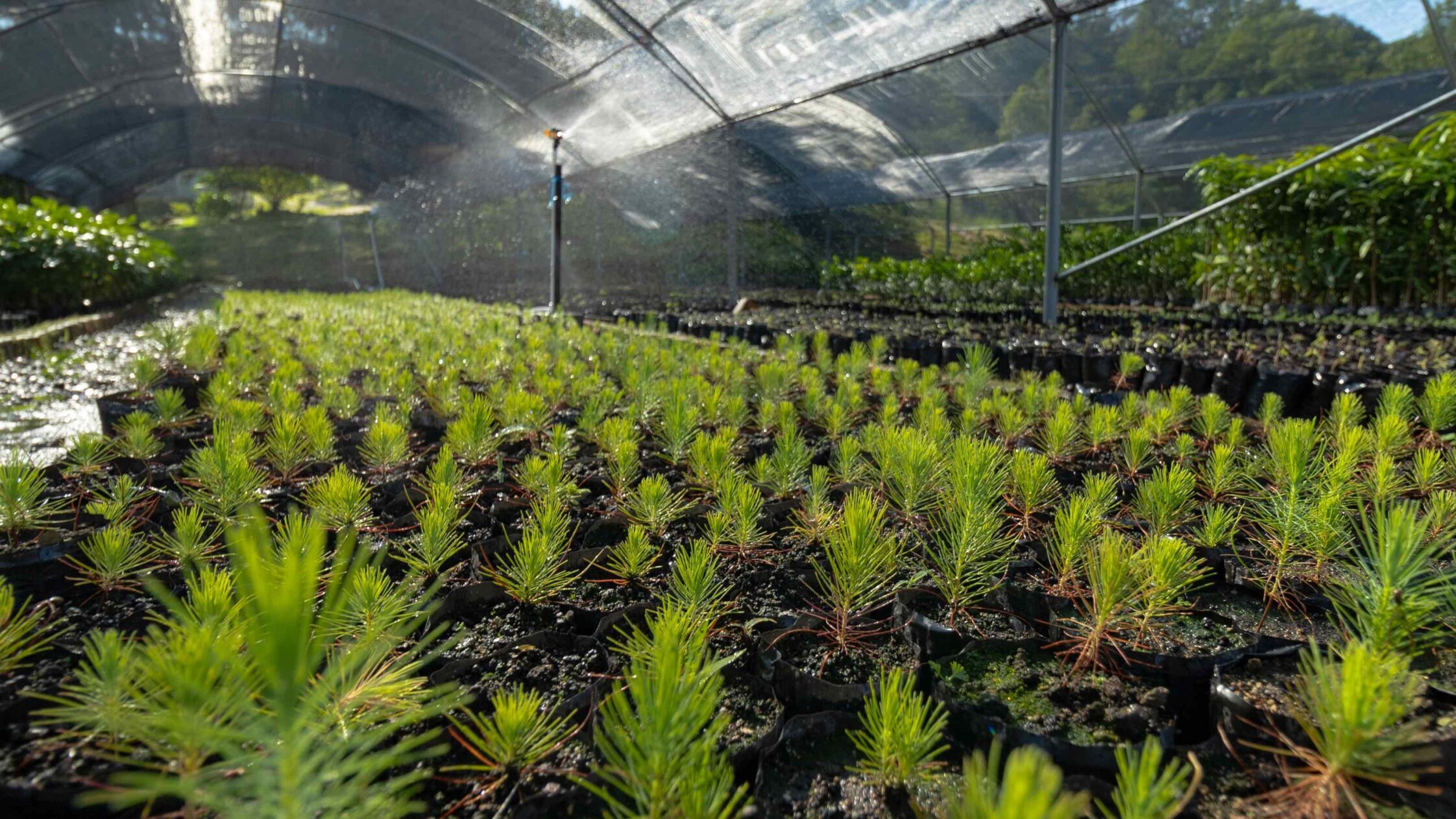“Seed is the embodiment of technological change in agriculture,” stated David Spielman, senior research fellow at IFPRI and moderator of a recent policy seminar on seed systems. Yet he also characterized the politics of seed systems as a highly contested place, thus underscoring both the importance of supplying high-quality seeds to smallholder farmers and the inherent challenge of finding ways to make this efficient and effective.
Seeds are at the heart of agricultural productivity and increased yields. In fact, since the early days of the Green Revolution, modern varieties of seeds have been responsible for at least 20 percent of yield growth in developing countries. More recently—from 1981 to 2000—this percentage rises to almost 50 percent.
Yet more than 30 years after these advances, questions still remain about the best way to improve access to high quality seeds for smallholder farmers. In his opening remarks, IFPRI Division Director Mark Rosegrant warned, “The cost of failing to deliver high quality seeds to smallholder farmers is very high.”
Experts, program leaders, analysts, and donor representatives gathered with an engaged audience to share recent findings from a variety of perspectives—from seed companies and programs in the field, to donors and farmers—and to offer recommendations for improvements.
From the seed company perspective, Ido Verhagen, executive director of the Access to Seeds Foundation, shared results of the Access to Seeds Index—a groundbreaking new report which compiles what seed companies are doing to make their products available to smallholder farmers throughout the developing world. Some results were surprising. For example, Verhagen exposed the myth that developing country smallholder farmers save and reuse seeds. “Where there is access, farmers buy improved varieties,” Verhagen asserted. However, when they do buy seeds, it is overwhelmingly from local markets, not commercial seed companies.
Other results were less surprising: although some companies are showing leadership to address the needs of smallholders, many lack tailored approaches to reach emerging markets. Of the top seven global seed companies, only four have business activities in developing regions. However, Verhagen noted that regional seed companies are filling in these critical gaps.
The index, which assesses companies in seven measurement areas and 73 indicators, aims to create a transparent evidence base and encourage companies to take on a larger role and responsibility to reach these markets. The index also aims to help identify private sector partners for scaling up ongoing efforts to get high-quality seeds into the hands of smallholder farmers who could most benefit from improved access.
World Bank Senior Agriculture Trade Economist John Keyser offered several reasons why global seed companies have yet to fully embrace many smallholder-driven developing country markets.
“Each country has its own rules and regulations so you can test and release a variety in one country, but you can’t sell it just across the border, Keyser explained. “This makes the environment risky and expensive for private sector investor.”
Intellectual property rights are a particular concern. In some countries, governments require that all parental lines be handed over to the national agricultural research systems, which he compared to handing over the original master copies of Beatles disks to a company that makes CDs. Private companies are hesitant to work in this kind of policy environment. As a result, seeds are costly, and farmers in many developing countries have fewer options of seed varieties to purchase.
In their defense, Keyser noted that many governments have liberalized their once state-dominated policies, but the rules and regulations simply have not caught up. Regional harmonization—testing and certifying seeds on a regional basis—may be one way to overcome this. However, it is extremely time consuming, and in order to work effectively, all seed producers must participate, and countries must be able to trust the testing results of their neighboring countries. In many regions, this simply is not the case, as some countries lack the proper testing capacity.
One alternative to a regional testing and certification program is automatic registration – accepting already existing lists of varieties and data from private companies. Keyser pointed out that Turkey, Pakistan, and Bangladesh have used this method and have increased their yields.
Sahara Moon Chapotin, USAID Bureau for Food Security deputy assistant to the administrator, emphasized the importance of seed system investments particularly for Feed the Future, the US government’s food security initiative. Of 511 Feed the Future projects currently being monitored, she pointed out that 411 are seed-related.
“Without functional seed markets,” she stated, “smallholders can’t do the business of agriculture that they need to do.”
She listed some of the constraints smallholders face getting access to high quality seeds—from capacity and finance to awareness and supply. “The bottom line is that these constraints are many and varied, and the seed systems fundamentally don’t serve the needs of farmers.”
One strategy to improve this environment, Chapotin suggested, is to tailor seed system strengthening efforts with the realization that some more profitable crop seeds, such as hybrid maize, will naturally be of more interest to private companies, and others, such as sorghum and millet—crucial for food security in Africa—will need support from the public sector.
Discussion among panelists and attendees was indeed lively, as Spielman predicted. Provocative questions included: Are the national agricultural research systems – and even the CGIAR – holding up the opening of seed systems? What can we learn so we are not having the same discussion in 20 years?
Panelists agreed that progress is being made, and the findings and lessons currently being collected from the field, from private company analysis and success stories, and from economic research are making a difference.
Verhagen shared the story a skeptical audience member at an FAO event prior to the launch of the Access to Seeds Index asked, “What are you going to present because those seed companies are doing nothing for smallholder farmers?” Based on the findings, this is simply not true. “Many companies are exploring [this area], it’s a difficult field, and there’s room for improvement, but you can’t say that they’re not trying to see what their role and responsibility can be,” he said.







